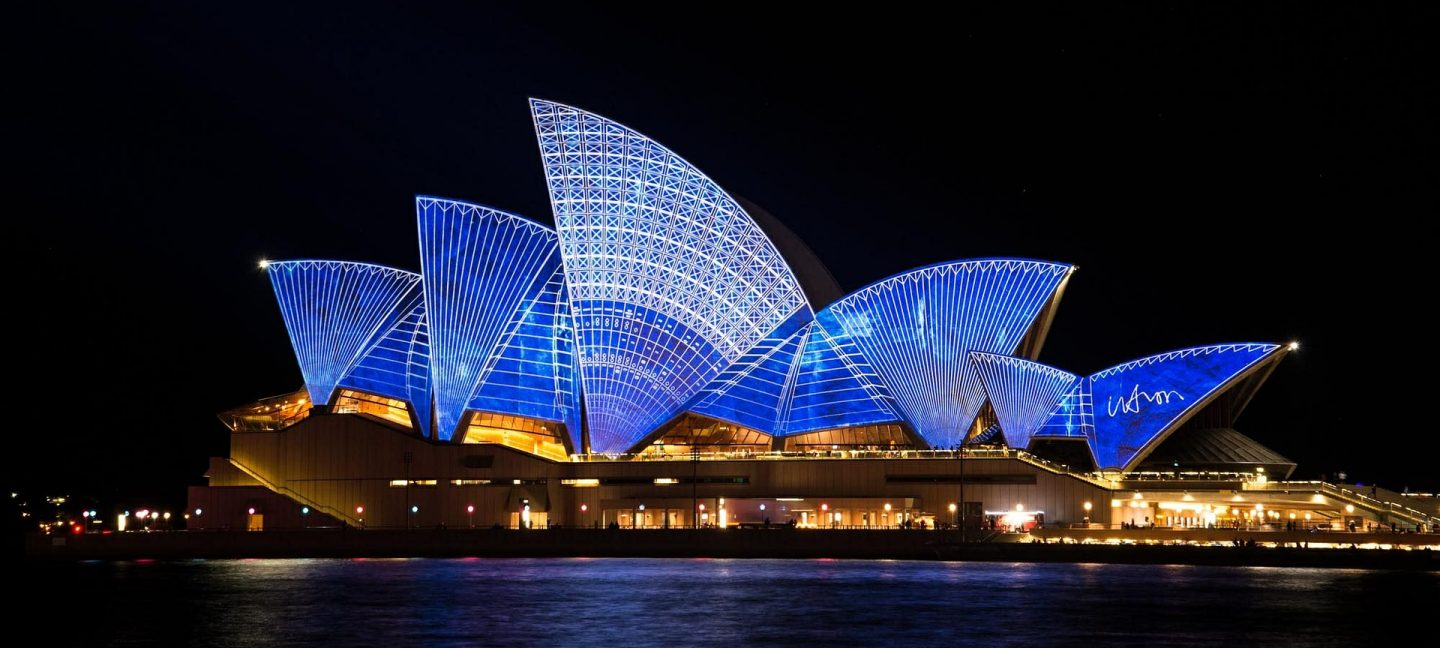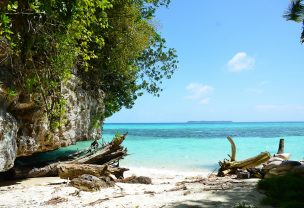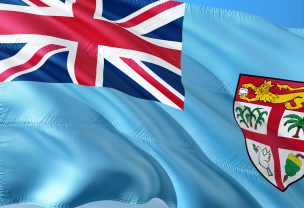Quick facts
- Full name: Commonwealth of Australia
- Capital: Canberra
- Largest city: Sydney
- Official language: English
- Area: 7,692,024 km2
- Population: 25,065,800 (2018)
- Currency: Australian Dollar (AUD) 1 (AUD) = 100 cent
- Foreign tourists: 8.2 million (2016)
- Travel risks and hazards: Dangerous animals, petty crime, natural hazards.
Australia, a country and a continent, which for its size is sparsely populated is famous for many things and most prominently for its endemic animals which may be cute or mortally dangerous. The country used to be a penal colony, however, convicts were the least to worry about with the surrounding fauna. Although relatively young as a country, Australia is one of the richest countries with a very high standard of living.
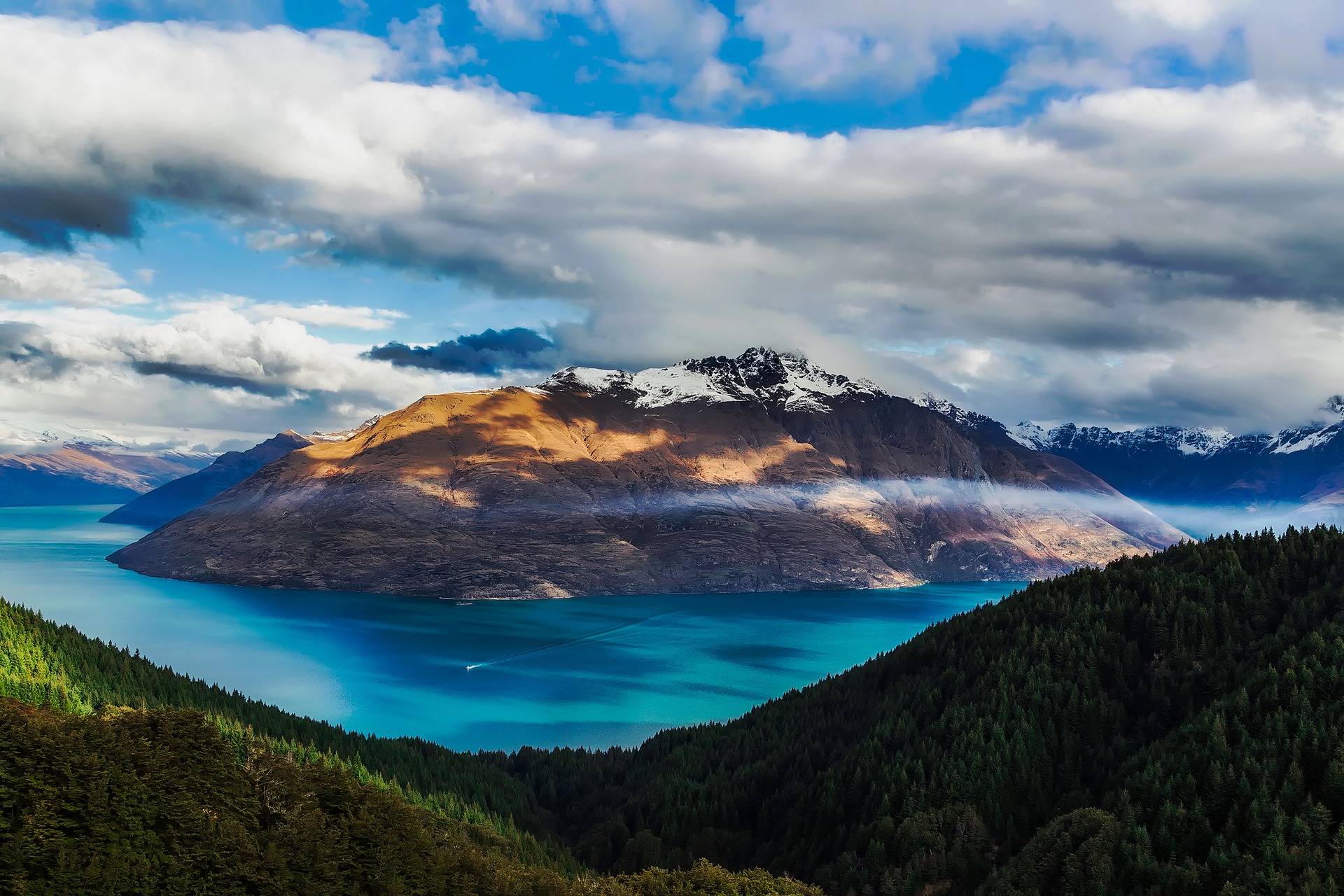
Traveling info
Australia has a strict policy on who can and cannot enter the country. Unless you are an Australian living abroad or a New Zealander, you will need a visa. Visas are divided into 3 categories. The eVisitor, this visa works for up to 3 months and maybe only applied for once in a period of 12 months. Most European nations may apply for this visa. Electronic travel authority visa, this visa allows you to visit Australia as many times as you want, for up to a year, and stay for three months each visit. This visa is available to passport holders from a number of countries and regions, who live outside Australia. Visitor visa, the Visitor visa is designed for people who are not eligible for the eVisitor or Electronic Travel Authority visa. This visa allows you to visit Australia, either for tourism or business purposes, for up to three, six or 12 months. The base application fee for this visa ranges from $135 to $340. Visitors must know that driving regulation varies from state to state in Australia. Most states allow drivers to use their domestic driving permits without the requirement of an international driving permit whilst others strictly demand an IDP in order to enter traffic in a vehicle. Traffic in Australia operates on the left.
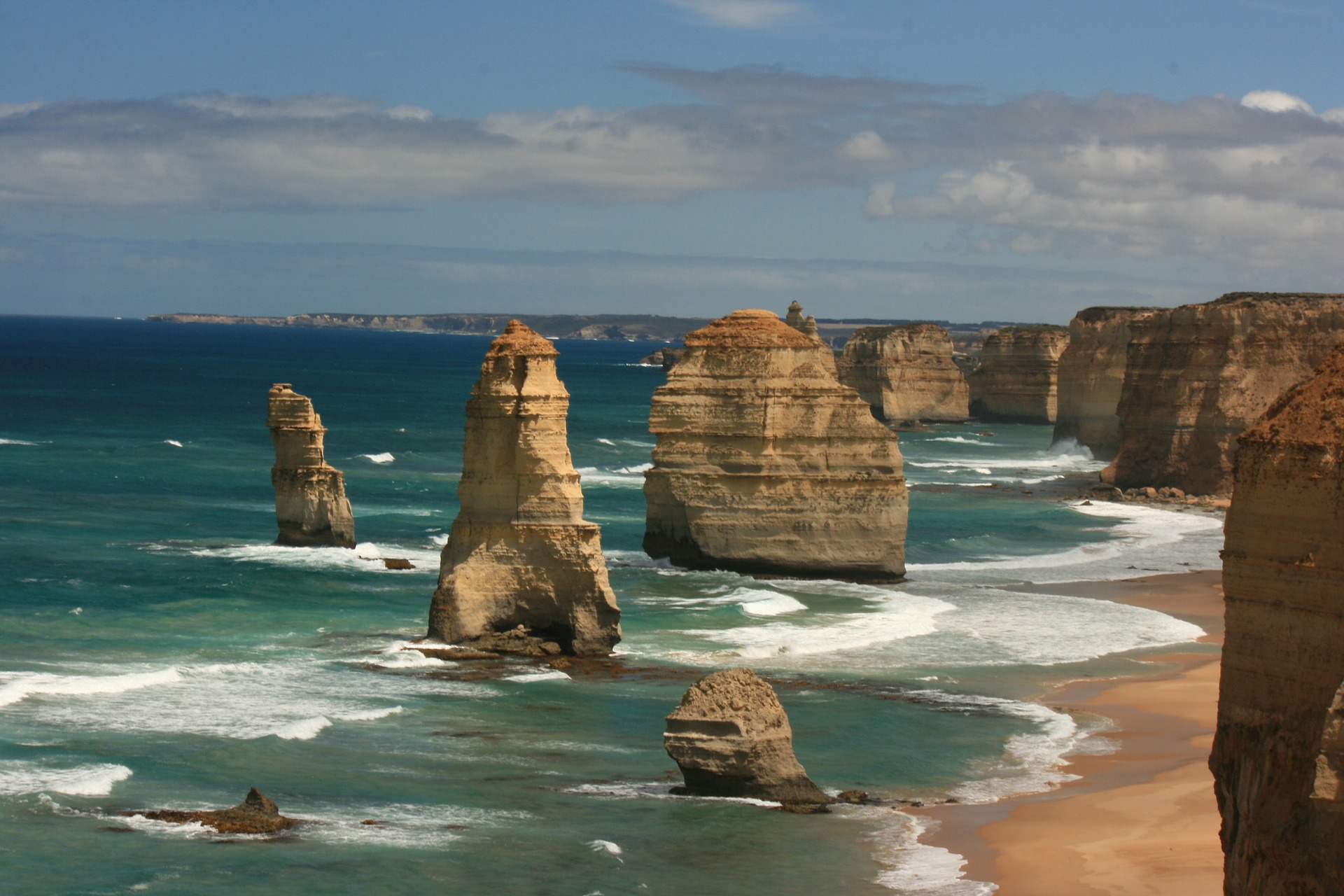
Traveling hazards
Driving in Australia is generally safe. The traffic-related accident rate is low. Both urban and rural areas have good quality roads. Most highways going through sparsely populated areas are two-lane paved roads. Wild animals running across the roads are very common in Australia and is one of the major reasons for traffic accidents. When driving out on the rural highways watch out for road trains. These are trucks towing up to three trailers making it very dangerous to overtake. Distances between gas stations and towns in the rural areas may be very long, therefore, it is best to properly prepare to take such roads. Make sure to take enough water, some spare fuel and definitely a spare tire.
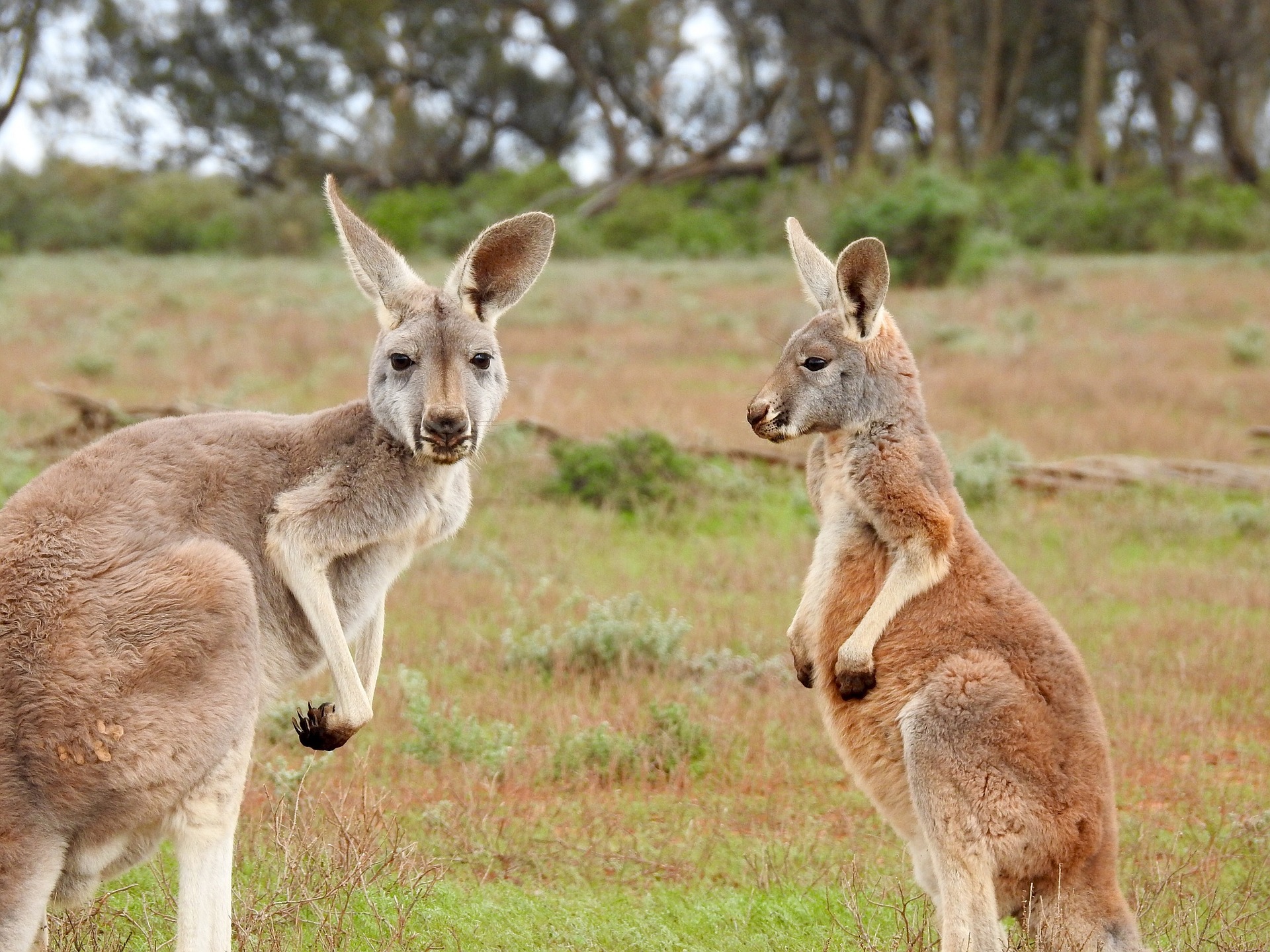
Environmental hazards
Australia is a country and a continent, therefore it is not hard to imagine its size and what goes with that, Australia’s climate diversity ranging from cool temperate in the very south through arid in the center and tropical to the north. Australia is home to literally all of the most dangerous animals on earth. People may encounter swimming, walking or crawling death in almost all parts of the country ranging from dangerous insects through reptiles to mammals to even snails. Although some animals may kill a person with their venom in as little as 10 minutes, all areas are adequately equipped with anti-venom, even the most rural clinics are. However, beware that distances between places in rural Australia are very long. Long enough to consider taking additional fuel to your vehicle. Australia is vast which means that threats vary from region to region. It is safe to say that dealing with any spider in Australia should be done with great caution. There are so many species of spiders venomous enough to kill people within 15 minutes, that a tourist eye won’t be able to tell which is or isn’t dangerous. There are a few which are worth mentioning in particular. The Sydney funnel web spider is considered the most dangerous in Australia and presumably the world. This medium-sized spider reaches sizes of 5cm and has venom potent enough to kill people within 15 minutes of the bite.This spider inhabits areas of the eastern and southeastern Australian coast. Antivenom is widely available and there have been no deaths caused by this arachnid in recent years. Mouse spiders are another species of arachnid which has venom similar to that of a funnel web spider. Unlike most spiders, this one is active during the heat of the day. No deaths have been linked to this spider recently mainly due to the availability of antivenom. One to mention certainly for its ability to give a person a heart attack due to fright is the huntsman spider. These can be found throughout most of the world however in Australia they reach much bigger sizes with some having leg span of up to 25 cm. This spider is rather a good housemate which will clear it off insects. These spiders despite their large size are timid and run away very quickly if bothered. They can bite too, however, their bite will only result in minor pain and swelling for a day or two. These like to creep into houses and cars so be sure to check them properly. There are a few species of scorpions in Australia however none of them have venom potent enough to kill humans. Beware however that usually the smaller they are the stronger the venom. People should watch out for ticks, as there are many species among which the most dangerous is the paralysis tick which may cause respiratory problems. These also carry the Lyme disease which is contracted through a bite and should be treated as soon as possible. There are numerous snake species in Australia including the two most dangerous snakes in the world. Although it is worth mentioning that some of these are so venomous that a bite is capable of killing within half an hour, it is better to be aware of how to protect against snake bites. And remember that the snake size doesn’t matter. Venomous snakes are present throughout all of Australia, therefore, same precautions apply. When hiking through the bush, particularly where vision is extremely limited, protective footwear and clothing should be worn and is available in a lot of local shops in Australia. Beware that a snake can easily pierce those breathing trekking shoes. There are also numerous ways to keep snakes away from your place of accommodation however if you are staying in a hotel, or a large resort the owners most probably already have done it for you. If you are staying in a bungalow or a private house, here are a few tips. It is important to keep the grass around the house short. Especially near walkways. Clearing any seeds or food attracting birds is important. Snakes like to hunt birds and you don’t want your garden to be turned into their hunting ground. There are also snake and bird repellents which produce a variety of noises which would scare snakes away and their potential prey. Gardens should be also kept tidy to minimize the risk of snakes hiding under any objects and they do so very often. Mammals of Australia are also dangerous. Although kangaroos may be cute, these can be very dangerous. Although these animals generally do not attack people, they are capable of disemboweling their opponent with a powerful hind leg kick. Their feet are equipped with razor-sharp claws. It is best not to mess with them, especially the red kangaroos which can outgrow men. Australia does not have a wolf population however there are the Dingos, which are feral dogs. They have the potential to be dangerous however human contact with them is rare. There are also no bears in Australia unless you count the koala which is actually not a bear and is generally quite slow however these animals can bite, hard. How much can a koala bear? There are a lot of expected dangers like venomous snakes and spiders however there are birds capable of delivering horrible injuries to anyone they attack. Cassowaries are considered the most dangerous birds on earth. These birds are unusually aggressive and have giant claws on their feet. Each kick can slice human skin very very badly. Are waters of Australia safe? That’s debatable because there are just as many things in water as there is on land that can potentially kill you. There is one thing which might seem unusual, a predatory snail, yes you read that right. This snail has a harpoon capable of piercing human skin and injecting a lethal dose of venom. Although fatalities are rare this is just a warning to prove that any animal may be dangerous. The general advice is to leave any marine creatures alone, approaching any which are in the close proximity of coral reef, is a bad idea. Most of these animals have developed some form of protection which may or may not be fatal to humans. Stepping with a barefoot anywhere near the coral reef is like a death wish. Diving tours around the reefs should only be done with experienced guides. It is generally advised to swim only on designated and guarded beaches. Jellyfish as little as 5 mm long is capable of dealing fatal damage to people. Guarded beaches will inform whether there is currently such danger or not. Saltwater crocodiles inhabit the northern coast of Australia and are apex predators. These animals reach sizes of 7 meters and may weigh way over a ton. These are the largest reptiles and the most dangerous ones. They are responsible for many deaths yearly around Australia and Asia. Australia right after the U.S. reports most shark attacks in the world. Like mentioned before swimming is safe on designated and guarded beaches and cannot be guaranteed elsewhere. Australia suffers from earthquakes, wildfires, and heatwaves. All of these natural disasters have proved to be extremely serious and carry serious death toll.
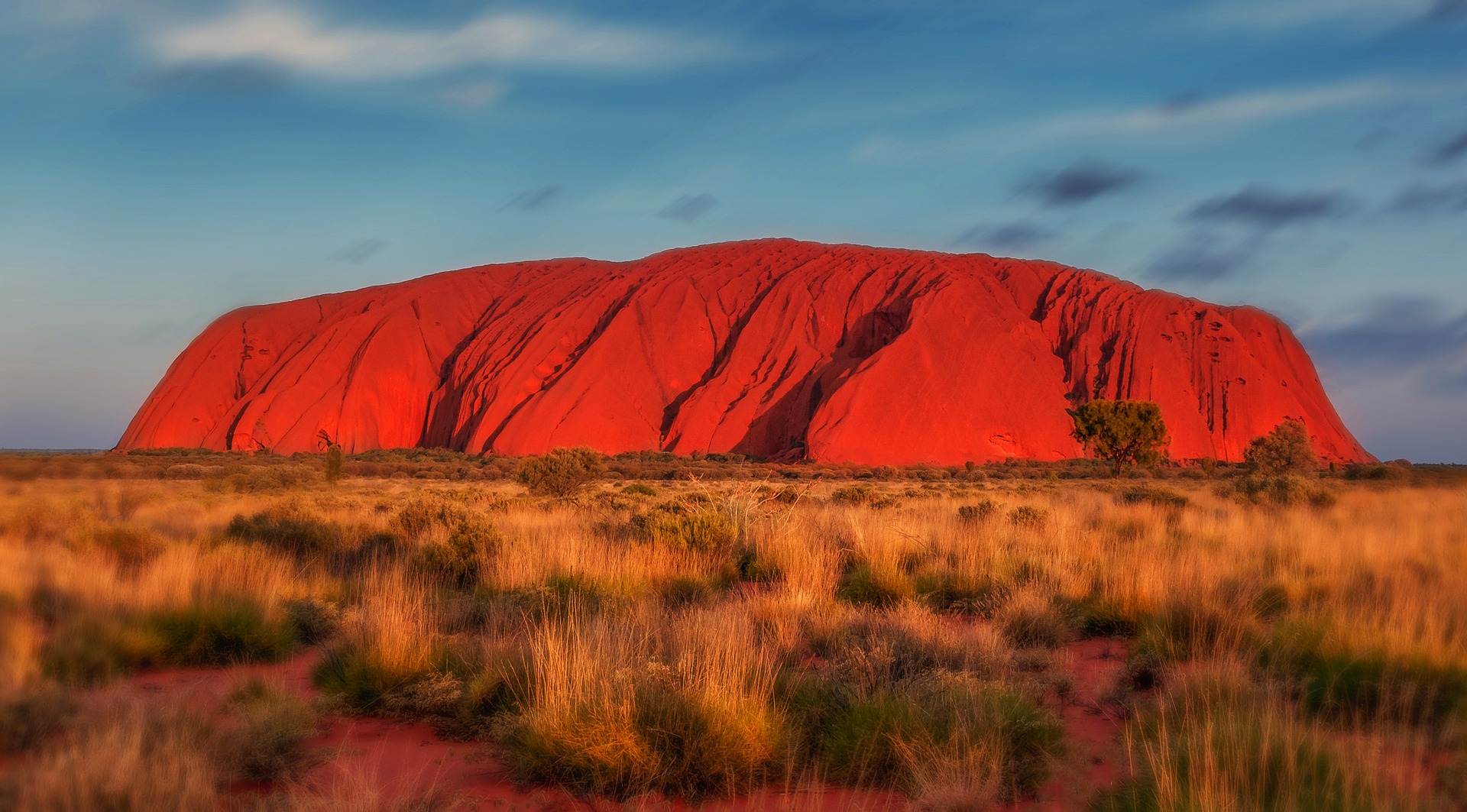
Health hazards
There are no outbreaks of any diseases currently in Australia however there is a vaccination requirement for those who come from the countries with a risk of yellow fever or for those who have traveled there, proof of yellow fever vaccination is required before entering Australia. There are several other vaccines which are recommended but not required. These are the routine vaccines also known as MMR vaccines, Japanese encephalitis, hepatitis A and B and rabies vaccine. Australian healthcare is among the best in the world. The public sector known as Medicare is funded by taxpayers and is free for the citizens of Australia. The private sector also delivers great quality of care however it comes at quite an expense. Because Australia is so vast it is strongly recommended to purchase medical insurance that will cover emergency airlift. It might come at a price but it sure is lifesaving.
In case of an emergency dial 112.
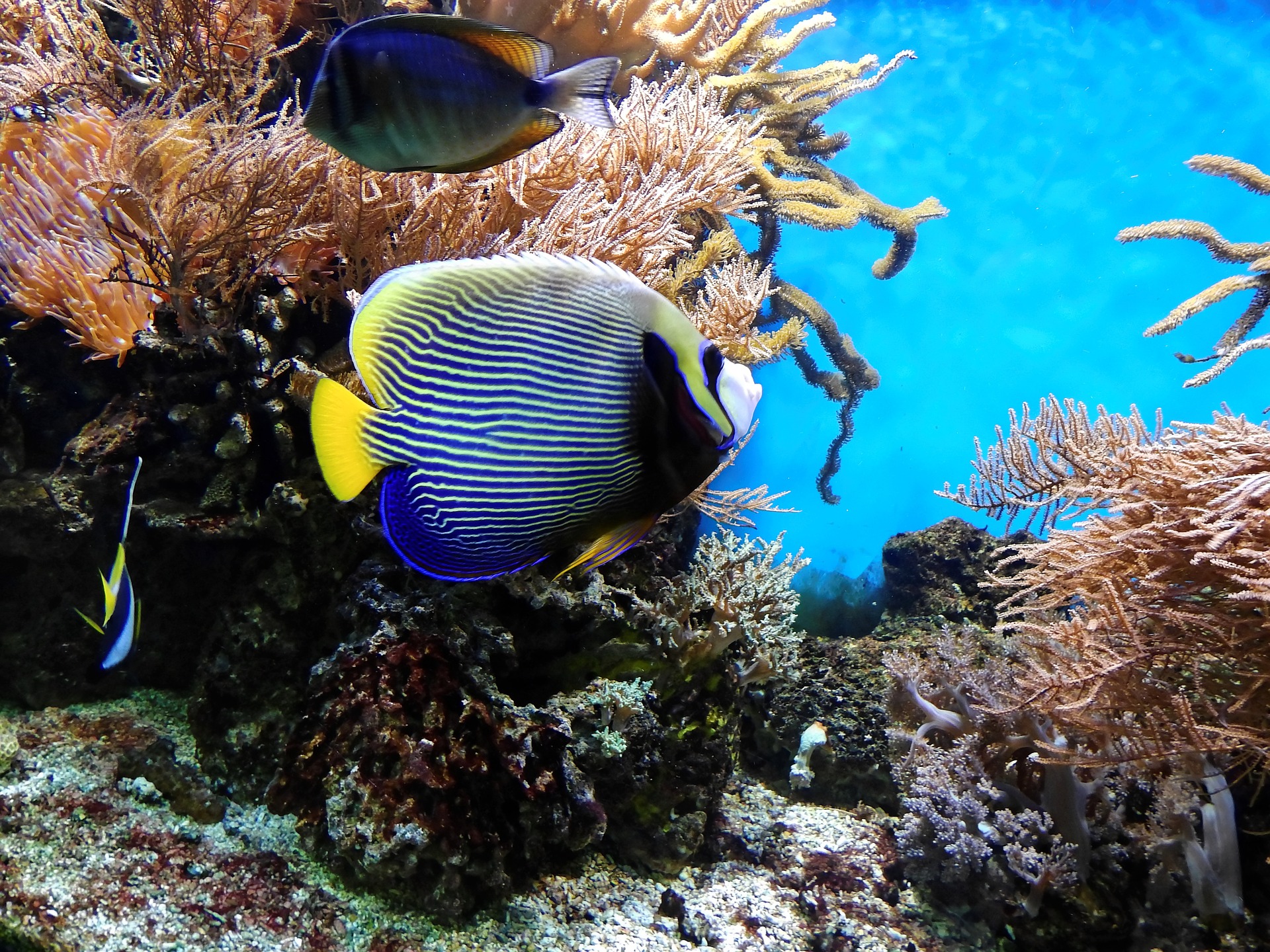
Crime
Australian crime does not generally differ in statistics from those in some of the safer European nations making it the safest country in the region, apart from New Zealand. Petty crime exists and affects both locals and tourists. Visitors are particularly vulnerable to petty crime in tourist areas, crowded places like public transport or shopping malls. To protect against thieves it is important to beware of your surroundings, keep a close eye on personal belongings and optionally wear money belts which allow their wearer to safely store money. Violent crime is mostly committed by Islamic and motorcycle gangs. Violent crime is prevalent in nightclubs which are often owned by organized crime groups. Australia has an existing Islamic terrorist threat. There have been 6 Islamic terrorist attacks carried out and 14 plots disrupted. Australian drug laws vary by state however most states punish drug dealers and traffickers by imprisonment. Sentencing for possession varies across states.
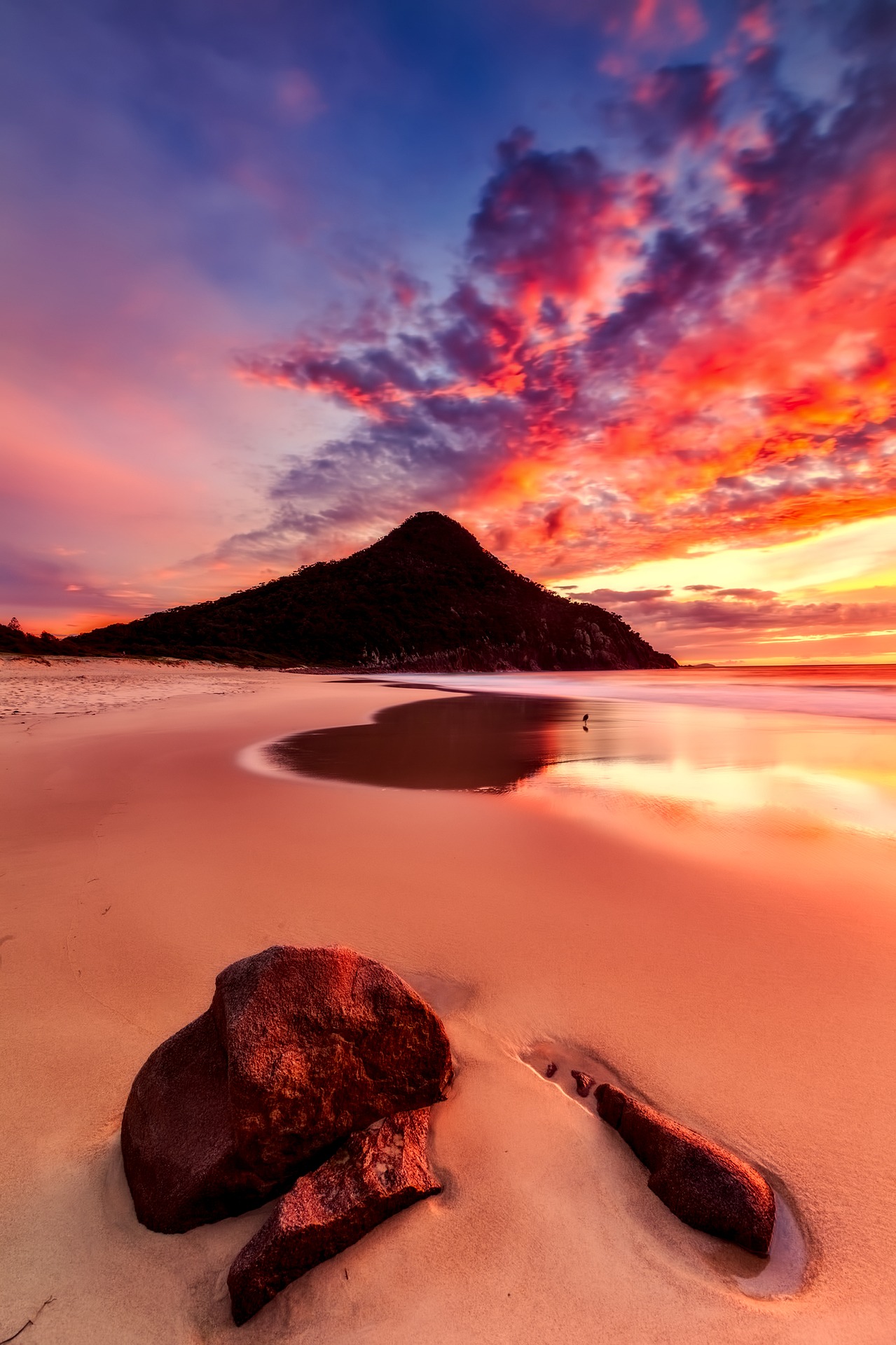
Summary
Australia is certainly home to some of the most unusual creatures on earth, but it is also full of incredible views and landmarks. There are a lot of attractions to enjoy in Australia, besides being able to see famous animals which are not to be found anywhere else, tourists may explore the great coral reef and enjoy some of the best surfing spots in the world. Remember that planning your trip with Travset.com will give you the quickest information about nearest emergency services and will also help you purchase indispensable travel insurance for the trip of your lifetime. Please feel free to comment and share the experiences of your travels with Travset.com.
Sources
(Visa)
(Vaccinations)



